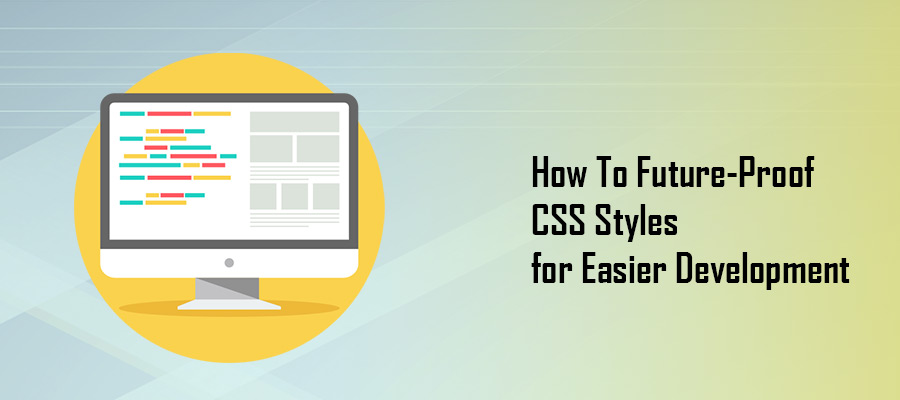 The future of web development is much sooner than many realize. Since the beginning of the 21st Century, digital technologies and capabilities have compounded exponentially. It’s hard to believe that only a decade ago, the majority of smartphones weren’t very smart. Blackberry still ruled the scene and touchscreen technology was still in its infancy.
The future of web development is much sooner than many realize. Since the beginning of the 21st Century, digital technologies and capabilities have compounded exponentially. It’s hard to believe that only a decade ago, the majority of smartphones weren’t very smart. Blackberry still ruled the scene and touchscreen technology was still in its infancy.
Now, merely a decade later, we’re approaching the next level of digitization through artificial intelligence and non-traditional digital interactions. As you can imagine, these changes aren’t isolated. The modern website is a far cry from even several years ago. While there are many elements responsible for this boost in development architecture, CSS tops the list.
Because of how rapidly our digital capabilities transform, future-proofing your CSS code is no longer an option, but rather, a requirement. Thankfully, preparing code for tomorrow’s internet isn’t as challenging as you may anticipate. Essentially, you merely need to maximize code cleanliness, organization, optimization and design.
CSS Code Organization – Fundamentals
An CSS Stylesheet without thorough organization is a confusing, messy and sluggish file. Not only does improper code organization delay debugging and on-page performance, but it essentially blocks any future development.
When you’re dealing with a smaller CSS file, begin your sheet with IDs and universal classes. Next, define your various layout elements, such as the header, navigation and then lastly the footer. Next, after you’ve created your layout code, you can begin adding declarations to your classes. Generally, keep your classes limited to only specific on-page elements you’ll repeat. For example, buttons and headlines.
For larger sites, multiple stylesheets for individual elements is typically recommended. For example, universal.css, layout.css and classes.css – why do this? It not only makes it easier to refine code within each file, but it makes editing and updating specific CSS elements quicker and easier. Combine files with a preprocessor before upload, which combines all files into a streamlined stylesheet.
CSS Code Optimization – Shorthand and Acronyms
As we move deeper into the age of refined digital infrastructures, code will simultaneously shrink. No, not the actual codex, but rather, the language will adopt widespread shorthand and acronym-based structures.
Get a leg up on the competition by adopting this optimization technique. Writing shorthand versions of your code also means you spend less time physically writing code. Another perk, this technique allows upgrades and alternations without having to rewrite long strings of CSS. The future is not only about fast websites, but fast development.
Study CSS Syntax Updates – The Future of CSS
While you may not need to go through the amount of complexities and study depth as you did when first learning CSS, your education with this evolving language never ends. One of the most effective ways to future-proof your CSS is to adopt the latest code syntax rollouts and styles. By keeping your skill on the pulse of CSS development, you’ll master technique before the rest. This, obviously, gives your site not only the competitive advantage of advancements, but establish you as a potent resource in this community.


